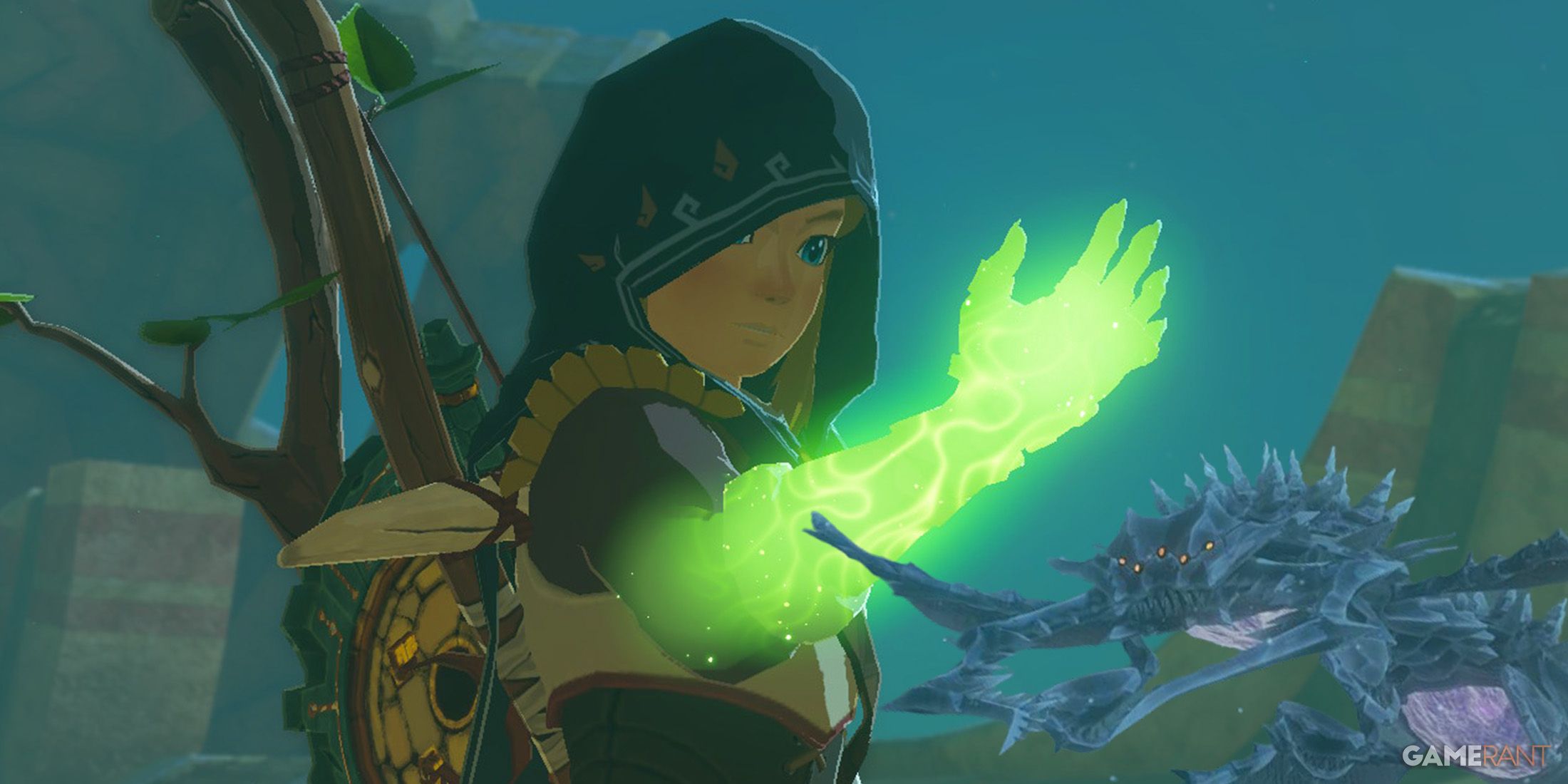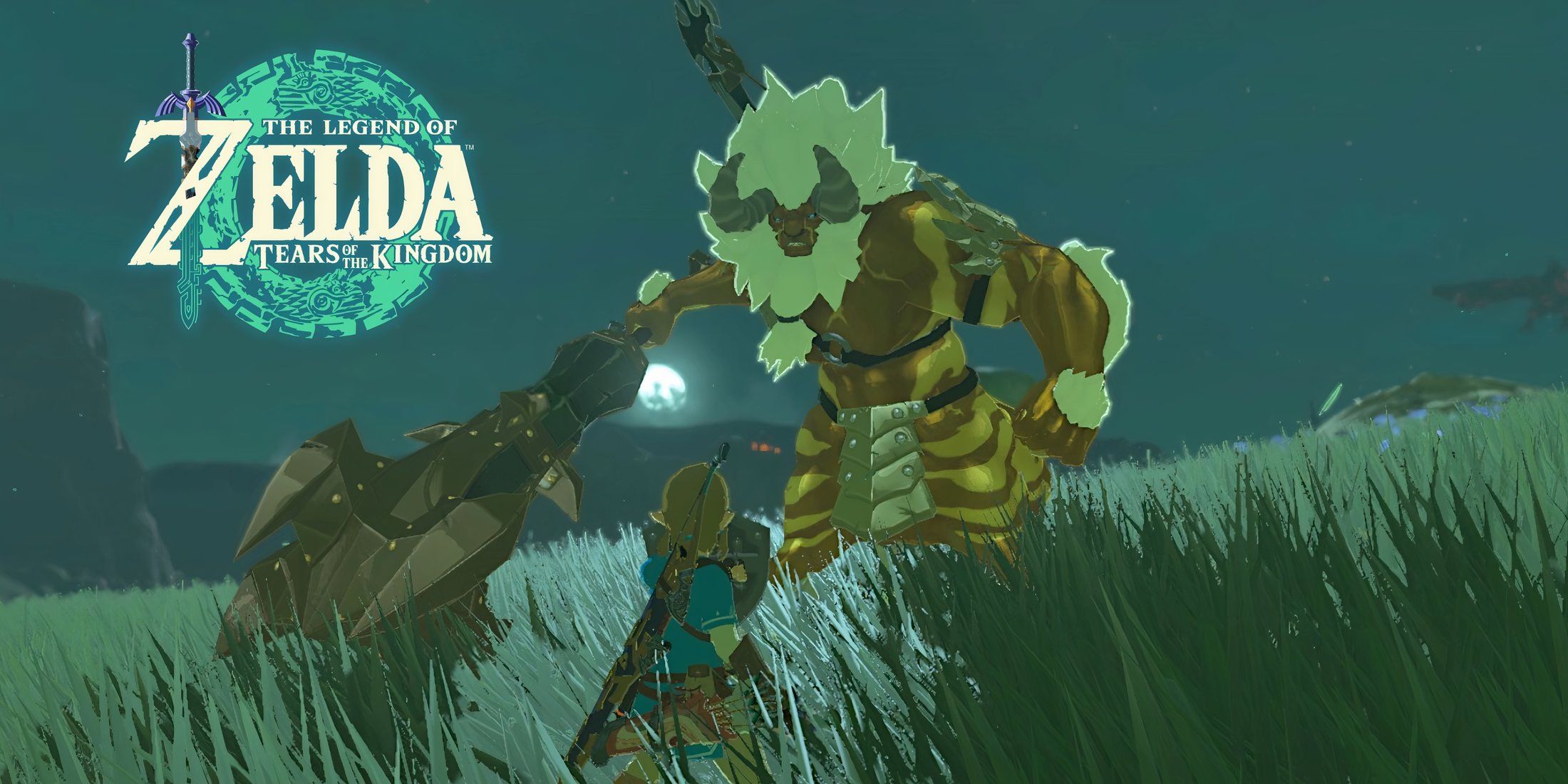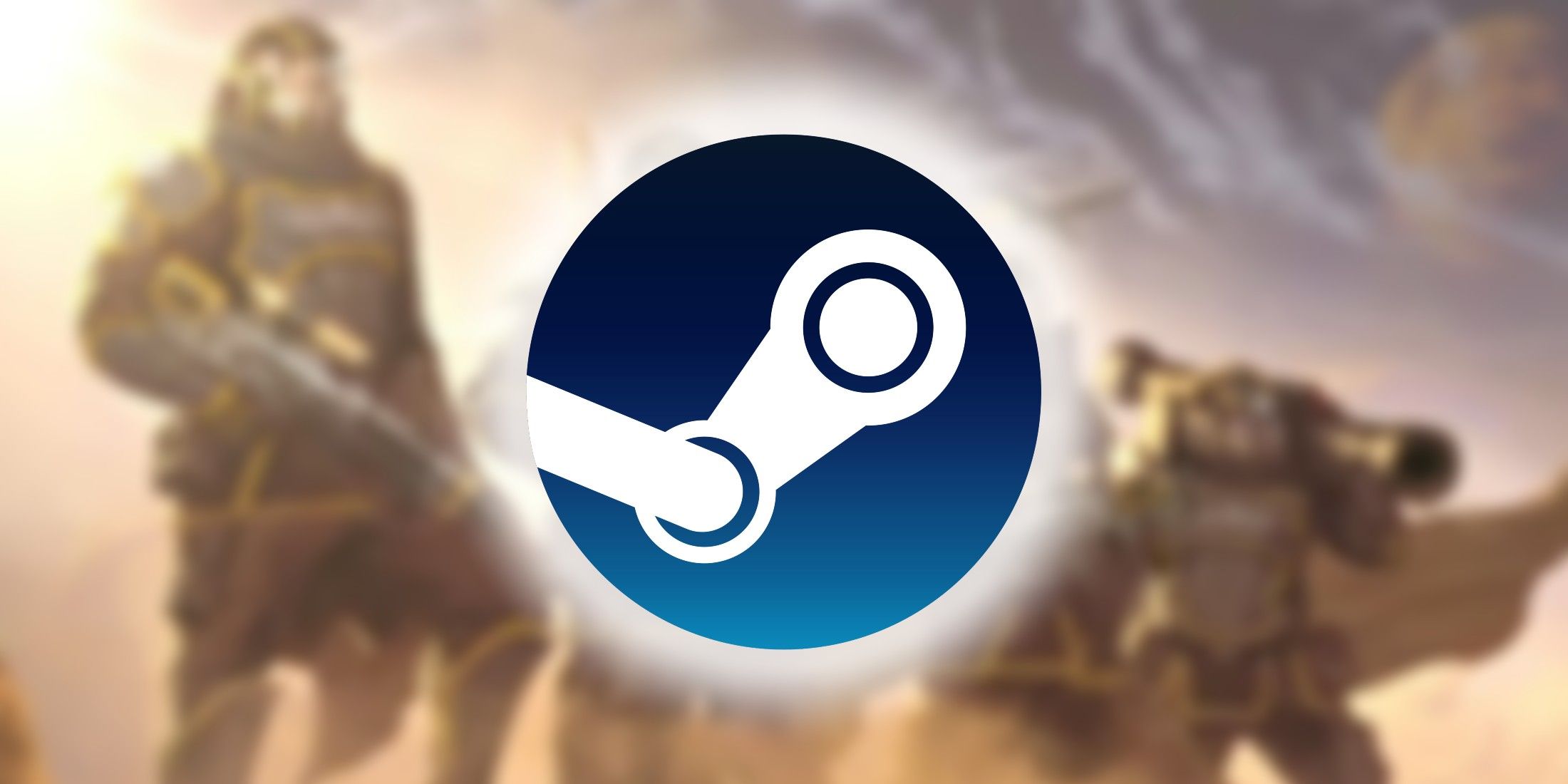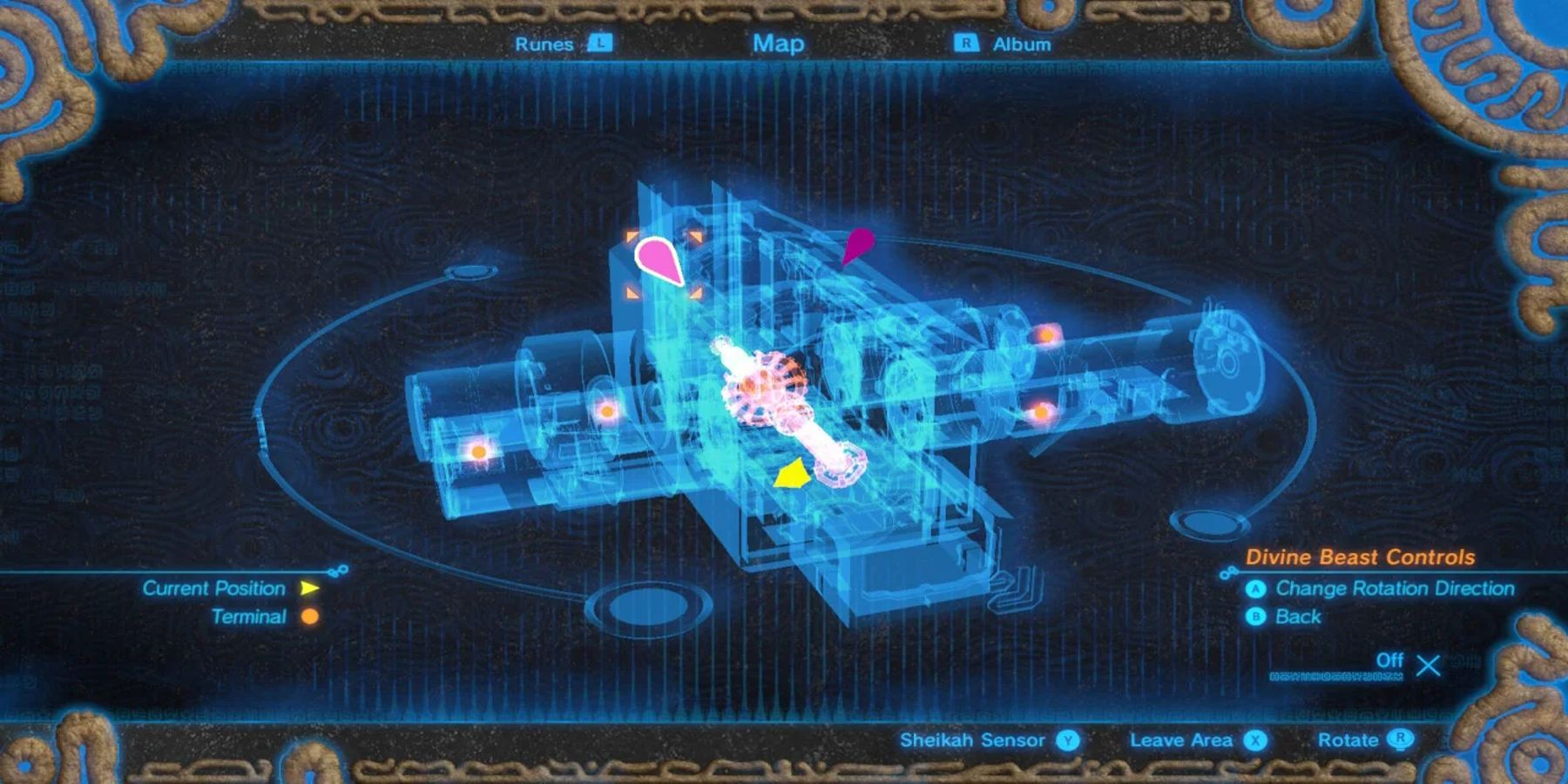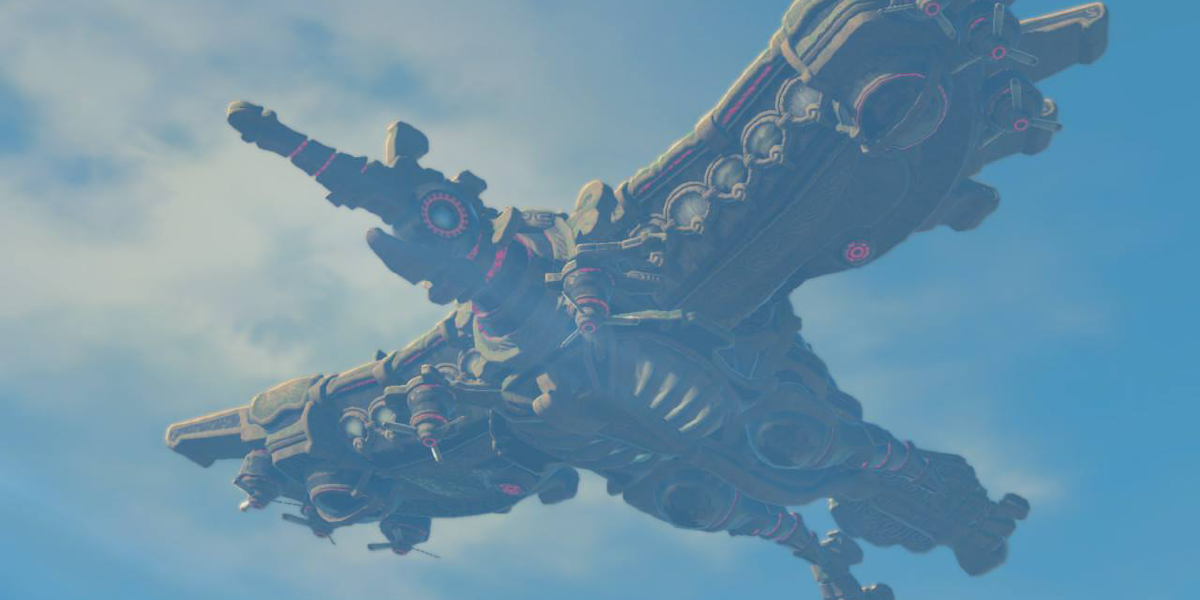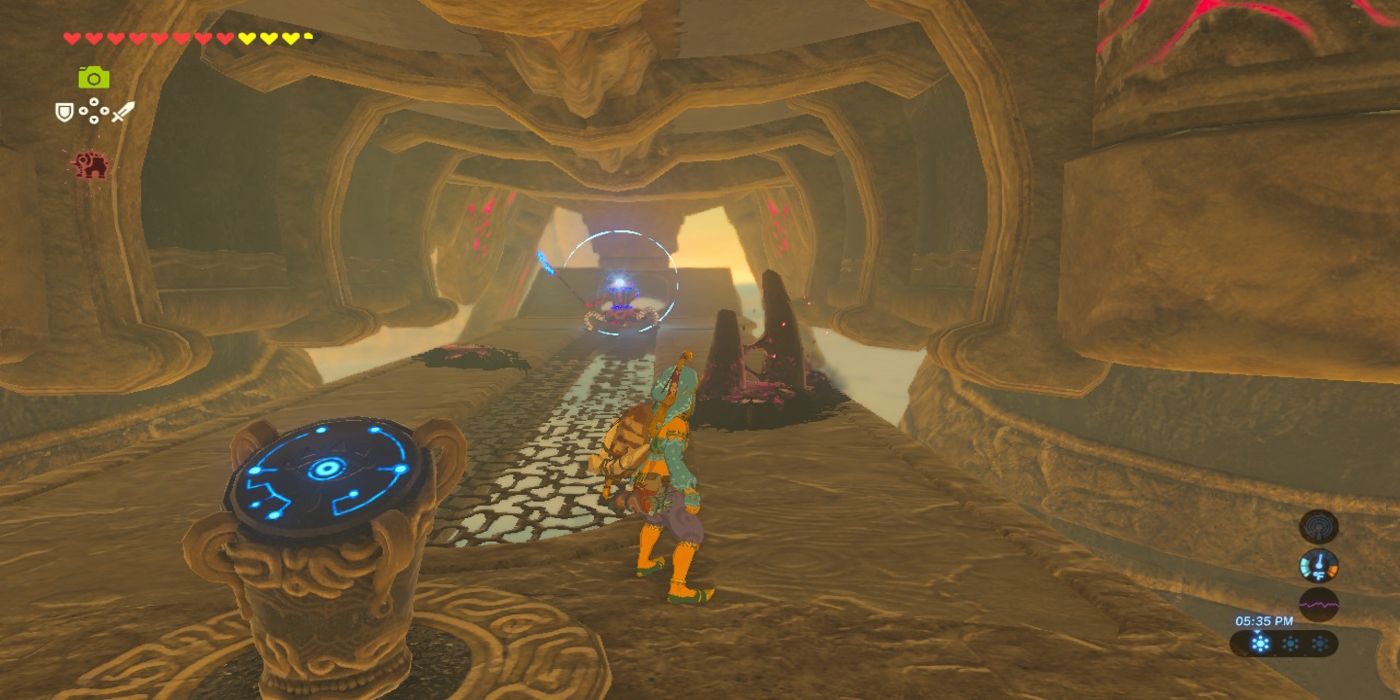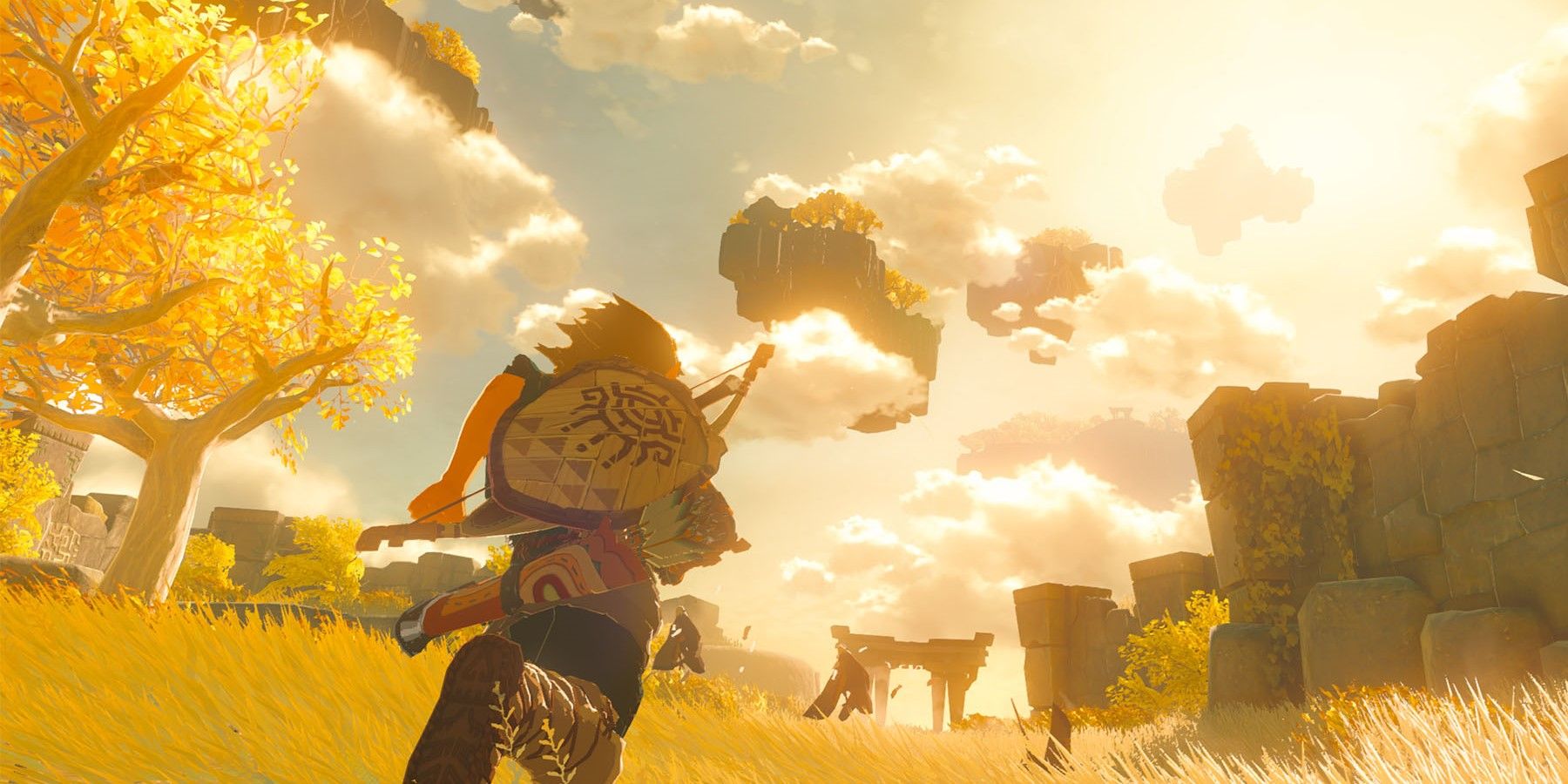Expectations are high for The Legend of Zelda: Tears of the Kingdom, with players hoping it can rectify some of Breath of the Wild's shortfalls, but some speculate the predicted return of traditional dungeons could take inspiration from the latter's The Champions' Ballad DLC. Though Breath of the Wild saw ample praise thanks to its open-world design and focus on exploration, one criticism it received was the lack of dungeons seen across all other Zelda games. But while the four main Divine Beasts were the intended targets, the fifth "Divine Beast" in Breath of the Wild's DLC countered this reproval.
It's unclear whether the fifth Divine Beast had developed in response to the reception of Breath of the Wild or if it had been planned in advance for the game's DLC. However, this final unnamed would-be Divine Beast seemed to try to compromise between the strengths and weaknesses of current and previous dungeons. Consequently, fans suspect that this "Divine Trial" could be Nintendo's earliest groundwork for reworking Breath of the Wild's approach to shrines and dungeons into a traditional format for its sequel. If Divine Beasts are sidelined in Tears of the Kingdom, then its dungeons might take inspiration from the Divine Trial, instead.
The Divine Beasts Demonstrated A Proof of Concept
Though they might not have been what players expected from a Zelda game, Breath of the Wild's Divine Beasts and their legacy reflect Nintendo's aspiration to present players with a new experience for the series. Traditional dungeons in Zelda games were often labyrinthian by the games' end, typically centered around a unique item obtained within said dungeon, and required extensively large areas of the game world to exist. But this model doesn't work when lensed through open-world design and player autonomy, such as limiting a dungeon's size or withholding essential items.
The Divine Beasts circumvented these issues by granting useful albeit unnecessary abilities as rewards to enhance gameplay or only occupying a part of the overworld with the "dungeon" being its own self-contained area. Though, this did cause problems if players broke the game in creative ways, like reaching Vah Medoh out of sequence. But even the Divine Beasts had their own downsides, such as the dungeons' puzzles being limited to the animal-based design and their bosses being close carbon copies of one another. Through Nintendo's experimentation, it had identified a potential middle ground to aim for.
How The Divine Trial Improved Upon Breath of the Wild's Divine Beasts
While the Divine Beasts themselves were striking waypoints to work towards in Breath of the Wild's overworld and later saw renewed use in Hyrule Warriors: Age of Calamity, the Divine Trial improved upon the concept specifically from a gameplay standpoint. Supposedly the remnants of an unfinished Divine Beast, even possibly being an engine according to fans, the Divine Trial resembled the other Beasts but was uniquely different. For instance, locating it involved its own quest line, ultimately leading to its discovery beneath the Great Plateau, something aligning with more traditional Zelda dungeons.
As such, the Divine Trial was not explicitly limited to its design, allowing Nintendo to create a far more complex dungeon. Though it still used the Sheikah Slate functionality, the Divine Trial was less about one specific gimmick like Vah Naboris' rotating torso or Vah Ruta's water mechanics, and instead incorporated concepts from all four Divine Beasts from Breath of the Wild as well as gradually increasing the stakes with renewed, more difficult to beat enemies like Guardian Turrets and Skywatchers. Despite its small size, the Divine Trial demonstrated that it could still provide the challenge of a traditional dungeon without needing to radically rework what it had already.
On top of this, once completing the dungeon itself, rather than face another iteration of Ganon's Blights players would instead fight Monk Maz Koshia who had bestowed the original quest line itself. Regarded as one of Breath of the Wild's most powerful enemies, the fight is a fitting climax to the DLC as not only does it test players' mettle and skills, but the entire encounter takes place atop a floating platform of Sheikah technology over Hyrule. Overall, not only then did the Divine Trial prove it could deliver on traditional dungeons, but it showcased potential that was only possible through Breath of the Wild's unique style.
How The Divine Trial Can Influence Tears of the Kingdom
Given that Tears of the Kingdom will be featuring floating islands and possibly exposed caves or caverns to explore, many fans predict this will be how new dungeons are reintroduced to the sequel. Provided that the Divine Beasts' role in Tears of the Kingdom is likely to be revised to make room for new dungeons, these could instead follow in the steps of the Divine Trial. Since it was a proof of concept that showcased a compromise between innovation and tradition of Zelda dungeon design, Tears of the Kingdom should capitalize on this to ensure its own dungeons can capture the same success the Divine Trial had.
Immediate improvements could be made to The Legend of Zelda: Tears of the Kingdom's dungeons reflective of this, such as ditching the need for players to see the dungeon at a distance and instead discover them organically. This would also remove the need for dungeons to limit their designs to overworld's physical space, allowing Nintendo to engage in some creative liberty to sacrifice a little realism for a better quality dungeon. Additionally, it could even keep player-dungeon interactivity via the Sheikah Slate to create complex puzzles, but importantly not constrained by the dungeon's external design.
But beyond this, significant changes could be made that embrace some of the concepts The Champions' Ballad was aiming toward. For example, while the DLC provided some general backstory, it demonstrated that exploring and defeating dungeons didn't need to be intrinsically linked to the game's story. Moreover, the climactic boss battles that Breath of the Wild fell short on but later addressed with the Divine Trial could work even better with Tears of the Kingdom. This is especially true as its increased verticality could provide new opportunities for aerial battles with more diverse bosses in Tears of the Kingdom beyond just Blights or Guardians.
The Legend of Zelda: Tears of the Kingdom is set to release on May 12, 2023, exclusively for the Nintendo Switch.

